Body
(Re)colonizing Tradition
A Pedestrian Guide to a "Traditional" City
Welcome to Bhaktapur
[1] The Tea Stall at Guhepukhu
[2] Nava Durga Chitra Mandir
[3] Khauma Square
[4] Tourist Motor Park
[5] Indrani Pitha
[6]Lasku Dhwakha Gate
[7]Char Dham
[8]Cafe de Temple
[9]Batsala Temple
[10] Batsala Temple
[11] City Hall
[12] The Procession Route
[13] Pujari Math
[14] The Peacock Restaurant
[15] Sewage Collection Ponds
[16] Bhairavanath Temple
|
Broken Sewage System
As the sewage system indicates, it is almost universally agreed upon by the local people, Nepali officials, international governments, oppositional groups, non-governmental aid organizations, and academic critics that development has failed. Instead of the dream of abundance promised by theorists and politicians in the 1950s, the discourses and strategy of development produced the opposite: massive underdevelopment and impoverishment. After five decades of development and millions of dollars of development aid, Nepal is worse off then before. To understand the reasons for the failure, it is necessary to problematize development as a normalizing concept and to articulate its genealogy in the dialogue between contemporary Nepalese history and the postcolonial polity that marks the American ascendance to power after World War II.
  
|
Maps
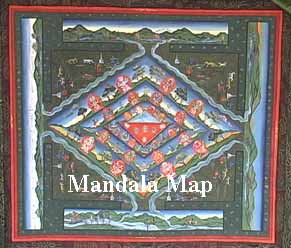
Mandala Map
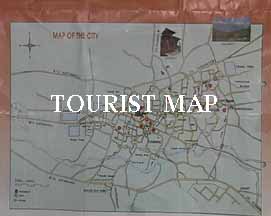
Tourist Map
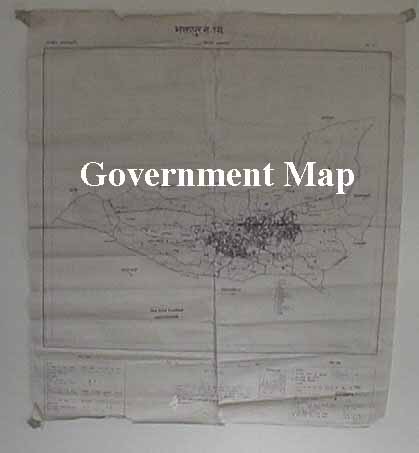
Government
Map
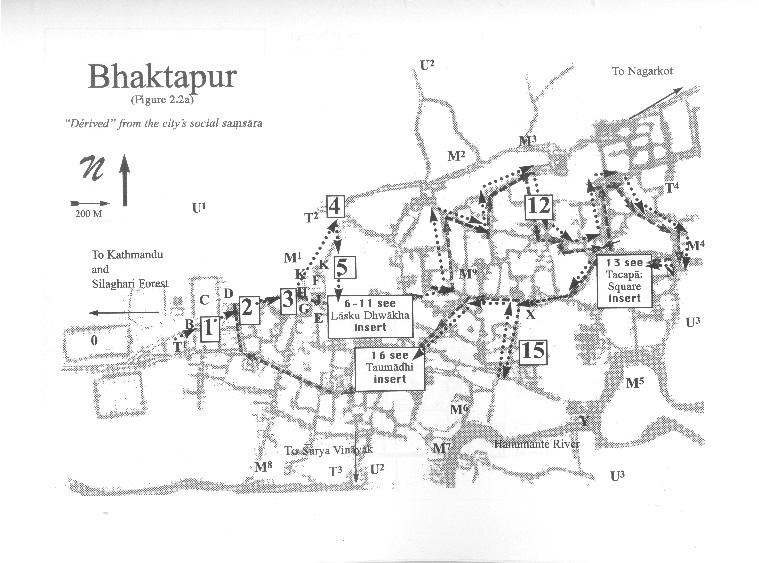
Pedestrian
Tour Map
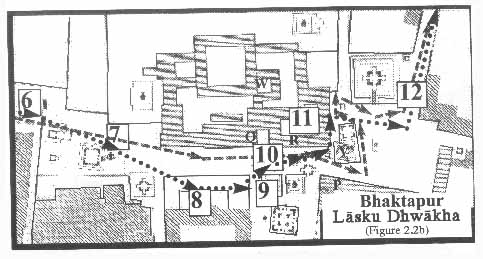
Bhaktapur
Durbar Square
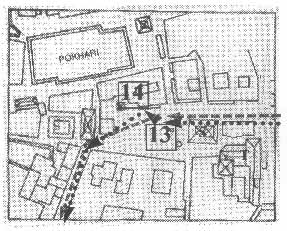
Tacapa Map
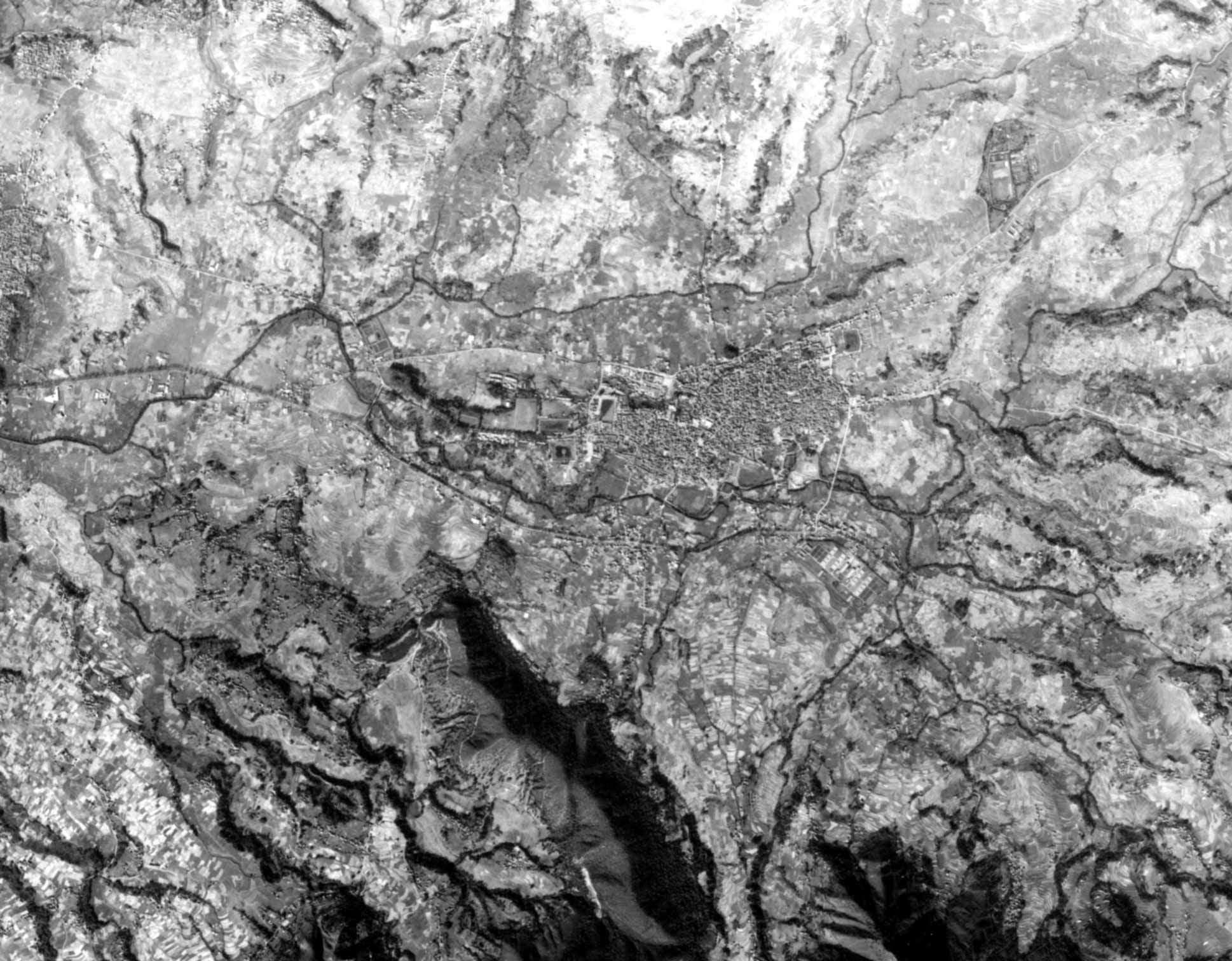
Satellite
Photograph
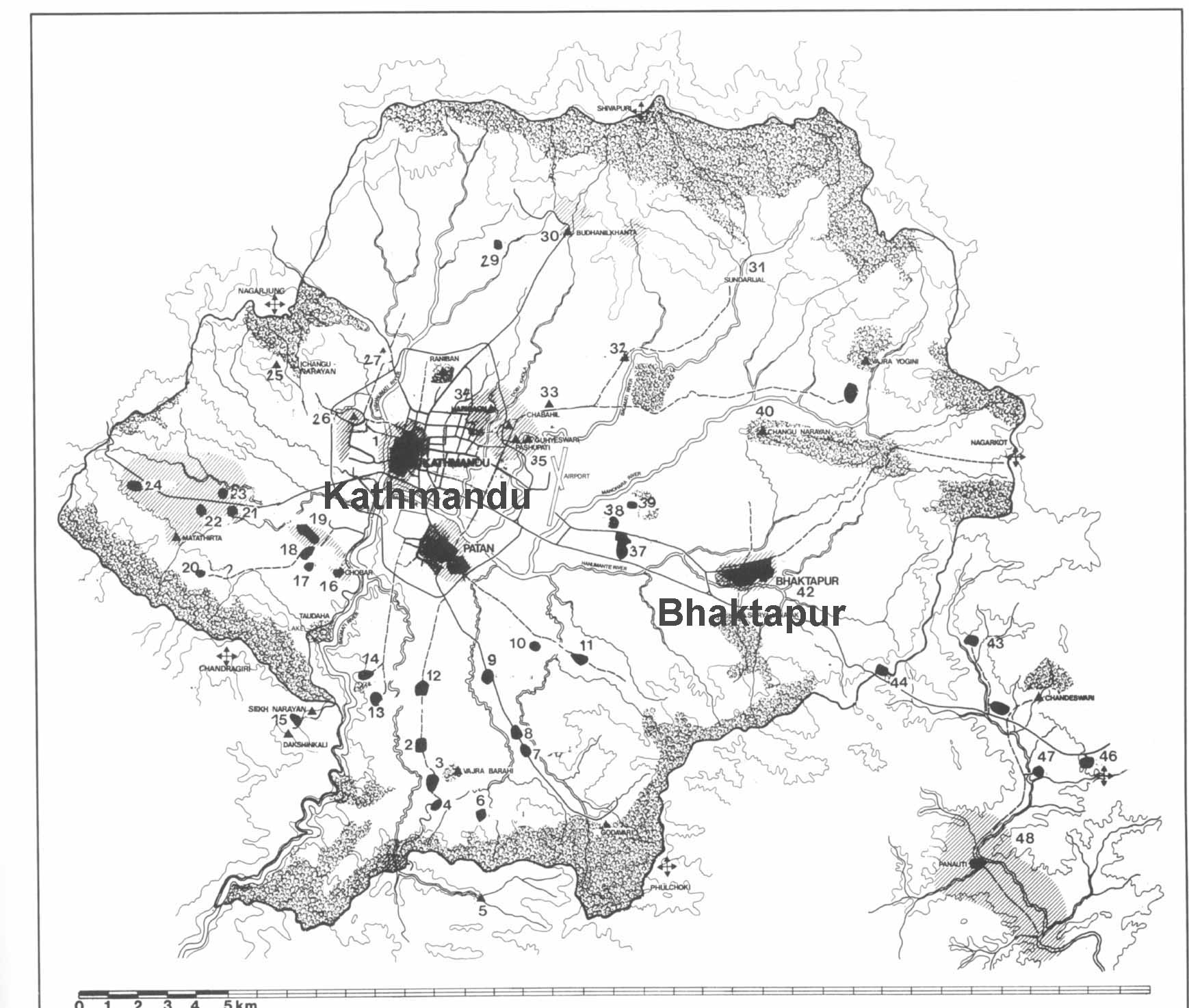
Kathmandu
Valley
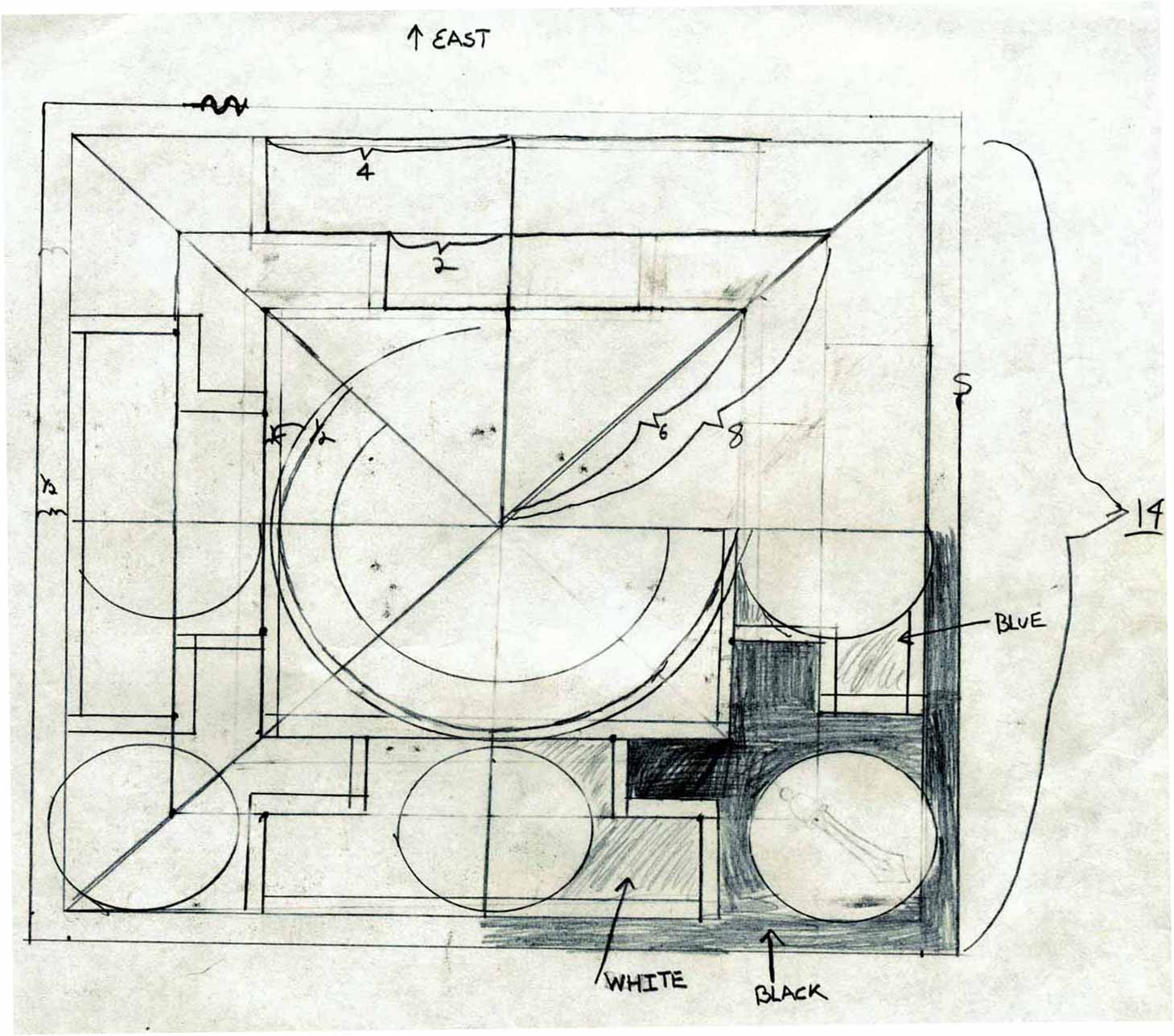
Goddesses
|